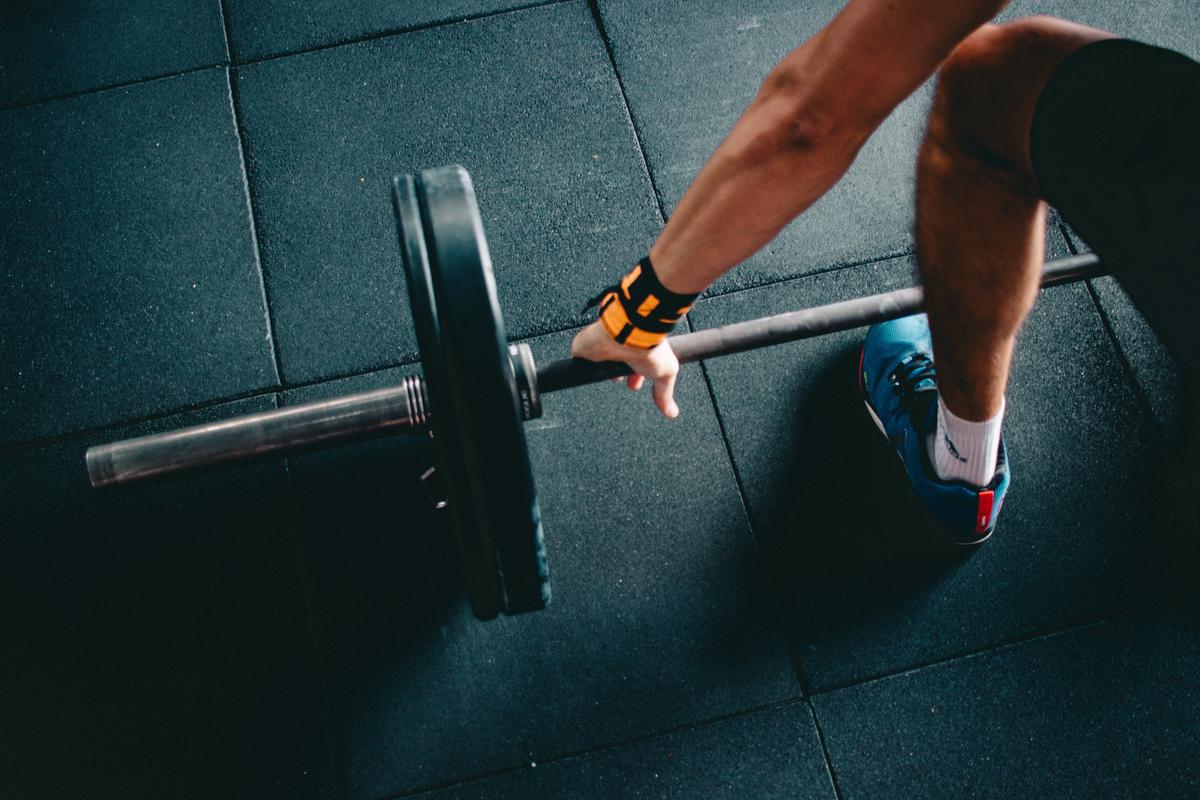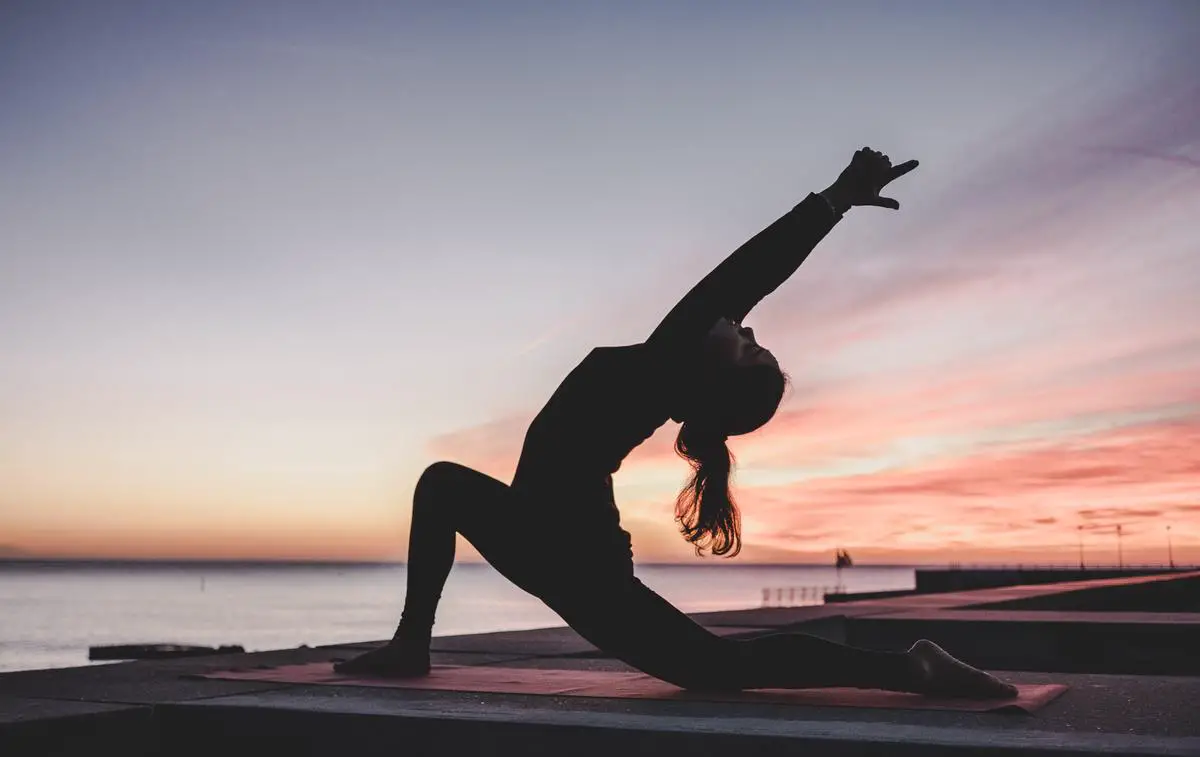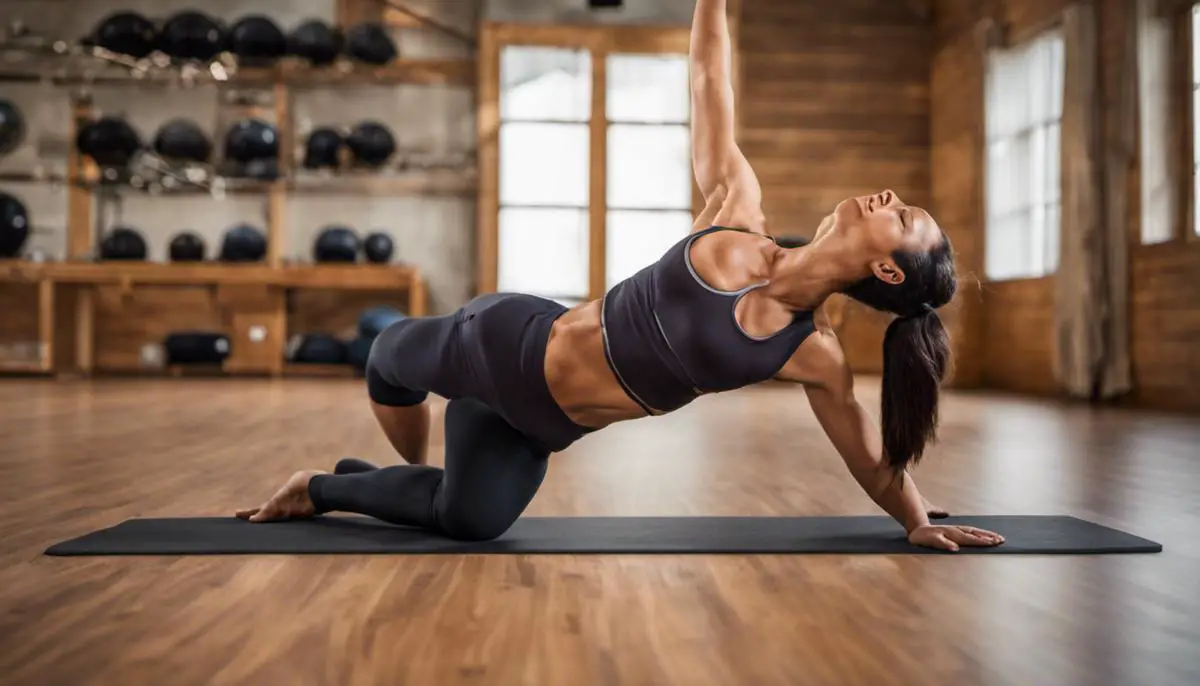The power and potential of yoga often lies hidden in its versatile range of poses, each specifically designed to target different aspects of an individual’s well-being. Abdominal yoga poses, a significant, yet often overlooked part, stand testament to this fact, offering a realm of health benefits, both physical and mental. Unlocking improved digestion, enhanced body stability, augmented strength, and alleviating stress are just some attributed advantages of abdominal yoga. Equally important is understanding the correct manner to perform these poses, the possible hurdles one might face, and effective ways to make these forms part of one’s daily routine. This exploration begins by delving into the importance of abdominal yoga and its profound impact on health and wellness, moving onto a diverse collection of must-know poses and practical strategies to incorporate them into everyday life, while addressing frequent challenges and offering viable solutions.
The Importance of Abdominal Yoga
The Core Strength of Yoga: The Significance of Abdominal Poses
Abdominal yoga poses hold an undisputable place at the core of a comprehensive and holistic yoga practice. Frequently underrated, these poses are the linchpin that pulls together all other yoga techniques, transforming an erstwhile collection of individual poses into a harmonious flow.
To begin with, let’s delve into why focusing on the “core,” or abdominal muscles, matters so much. The core is the powerhouse of our bodies, where we find stability, balance, and control, all critical elements in yoga. From standing and seated poses to inversions and twists, a stabilized core ensures correct alignment, optimal flexibility, and secure movements. You may be getting by without engaging your core, but the moment you tap into its potential, you’ll witness a transformation in your yoga practice you never thought possible.
Moving on, abdominal yoga poses play a critical role in fortifying our core muscles. When these muscles – particularly the transverse abdominis and the rectus abdominis – strengthen, they reinforce our back, reduce pressure on the spine, improve our posture, and ultimately protect us against common yoga injuries.
An effective method to strengthen these muscles is the practice of Bandha, or ‘locking’. Performed best in abdominal poses, Mula Bandha (Root Lock) and Uddiyana Bandha (Upward Abdominal Lock) are two interior locks that, when practiced regularly, promote muscle isolation, intensification, and concentration.
Moreover, discipline and endurance, key tenets of yoga, are put to test in abdominal poses. The formidable Plank Pose or Phalakasana, the fierce Boat Pose or Navasana, the challenging Crow Pose or Bakasana, each require a blend of balance, power, and resilience. These poses will inevitably try your patience and determination, but with time, will yield stunning results, not just physically, but mentally as well.
Another intriguing facet of engaging abdominal muscles is how it affects our breath. Yogic breathing techniques – Pranayama – are more effective with a firm core. By understanding the dynamics of inhaling and exhaling, one can enhance their concentration in yoga practices and meditation. Breathing from the abdomen, helps to fully oxygenate the body, facilitating better blood flow and a harmoniously functioning system.
Cultivating mindfulness is a quintessential aspect of yoga. Believe it or not, abdominal poses can significantly contribute to this. These poses force us to be aware of subtle muscle movements, to listen to our bodies attentively, and to sync our actions with our breath. This brings a heightened state of awareness that extends beyond the mat into our everyday life, making us more mindful and conscious beings.
All in all, abdominal yoga poses are no minor aspect of yoga; they are pivotal to a comprehensive and beneficial practice. They test our limits, shape our physical abilities, and teach us endurance and perseverance. They are our silent partners in attaining a state of physical wellness and mental peace. So explore, engage and embrace abdominal poses in your yoga routine, and feel the difference in your stance, your stretch, and your spirit. Namaste.

Photo by victorfreitas on Unsplash
Must-Know Abdominal Yoga Poses
Unlocking the Essentials: Key Abdominal Yoga Poses You Can’t Afford to Miss
As enthusiasts of yoga know all too well, a solid foundation in core-based postures can transform your practice. Delving deeper into Yoga’s arsenal, we discover an array of abdominal poses that promise to invigorate, strengthen, and balance. Begin an exciting journey fuelled by discipline, endurance, and focus as we explore these exceptional asanas!
Immerse in Viparita Shalabhasana, or the Superman Pose! A fantastic choice to initiate our exploration, the Superman Pose is an excellent armor against back pain while doubling up as a potent core activator. Position yourself with face and torso flat on your mat, followed by a lift-off as you extend your arms forward and legs back. The engaging element of balance and alignment adds a playful twist while guaranteeing an abdominal crunch!
Next up, meet the spectacular Shalabhasana, also known as the Locust Pose. Here, the pose requires lifting your limbs and chest, defying gravity. The challenge? Maintaining that elevation. The result? It enables a significant activation of the core and limb muscles, promoting overall strength and stability.
Dive into the depths of depth with Naukasana, the Boat Pose. This favorite amongst yogis is a true test of balance and body strength. Picture yourself seated, knees bent, and feet flat on the floor. Slowly lean back, eventually lifting feet off the mat – voila! Like a boat on calm waters, balance is key, ensuring an excellent abdominal workout and fostering your core concentration.
Welcome in Anantasana, the Sleeping Vishnu Pose, a splendid option for yogis eager to shake up their routine while indulging in a dose of balance and flexibility. Lie on one side and lift your upper leg, catching the big toe if possible. The intrinsic demand on abdominal muscles contributes to building a stronger core.
Bask in Chaturanga Dandasana, the Four-Limbed Staff Pose, which incarnates the yoga equivalent of a traditional plank but with an invigorating twist. Transitioning from High to Low Plank demands immense abdominal strength, promising a thorough core workout. The bonus? It also acts as a great link between poses in a dynamic flow yoga practice.
Celebrate Bakasana, the Crow Pose, offering a heroic step towards arm balance postures. In essence, it’s about lifting your feet off the ground while balancing your body weight on your upper arms. Abdominal muscles work overtime here and mastering the Crow Pose is an achievement warranting absolute bragging rights in the yogic community!
Discovering these essential abdominal yoga poses guarantees an enriching addition to your daily practice. Remember, yoga is a journey of patience and persistence, and each pose offers an opportunity to improve physically while deepening your inner spiritual connection. Make friends with these asanas and allow them to be your gateway to a stronger, balanced, and more poised Yoga experience. Dream big, stretch fully, breathe deeply, and let the magic of the yoga mat unfold!

Incorporating Abdominal Yoga in Your Daily Routine
Let’s take your core yoga practice to the next step by incorporating these transformative abdominal poses into your everyday regimen. They’re not only beneficial for strengthening and toning, but they also have a diverse range of physical and mental benefits. Still, to reap the most reward, it’s crucial to know the best methods to incorporate them into your daily routine.
A perfect day-starting yoga routine could start with the Viparita Shalabhasana or the appropriately named “Superman Pose”. This can be an excellent beginner’s entry point into abdominal yoga as it activates the muscles without placing excessive strain on them. Implementing this pose in mornings allows for a gentle awakening of your core and prepares the body for the day ahead.
Next, transitioning from the Superman Pose, you have the Shalabhasana, or “Locust pose”. This pose offers not only a full-body workout but particularly targeted engagement of the abdominal muscles. Performing the Locust pose in mid-morning or early afternoon can push you through the day’s slump and provide a much-needed energy boost.
For a mid-afternoon break, consider adding the Naukasana or “Boat Pose” to your routine. It’s a demanding pose that tests one’s balance while engaging the core muscles. It can effectively serve you as a mini mid-day workout.
It’s now time to wind down with Anantasana or the “Sleeping Vishnu pose”. This eccentrically named pose stretches the side of your body, giving your abdominal muscles a much-needed stretch after a full day’s work. An ideal time to perform this would be around the late afternoon, transitioning towards the evening.
Finally, to round off your day and shake things up a bit, take on the Chaturanga Dandasana and Bakasana poses. Also known as the “Four-Limbed Staff Pose” and “Crow Pose,” respectively, they require focus, balance, and core engagement. These poses push you to envelop yourself in mindfulness even after a long day.
End your day on a physical and mental high note, and ease into an evening reflective practice. This strategic implementation of abdominal yoga poses into the daily routine not only allows for maximum physical benefit but also promotes mindfulness throughout the day. It enables a full-circle day of core strengthening, balance, mindfulness, and most importantly, personal growth in your yoga journey.
Remember – it’s not about perfection, it’s about progress. Patience and consistent effort will lead you to transformation and profound experiences. Enjoy the journey of exploring the depths of abdominal yoga, and enhance your overall well-being in the process.

Common Challenges and Solutions in Abdominal Yoga
Overcoming Challenges in Abdominal Yoga
Talking about abdominal poses in yoga, it’s impossible not to discuss the challenges that come with them. Here’s a quick overview of the common obstacles and tips to overcome them.
First, managing proper form can be a stumbling block with poses such as the Naukasana (Boat Pose) or Chaturanga Dandasana (Four-Limbed Staff Pose). It’s crucial to avoid straining the body and executing postures properly. Poor form can lead to discomfort, or worse, an injury. A great tip here is to practice poses using a mirror or under the guidance of a certified yoga teacher. Video guides can also help improve form over time.
Secondly, finding balance in poses like the Bakasana (Crow Pose) can be quite demanding. The key to overcoming this challenge is to accept the wobble and shaking – it’s part of the journey! Patience and consistent practice will grant control and stability in these poses. Incorporating balance-specific training exercises into your regimen can help build core strength and enhance stability.
Thirdly, maintaining Bandha or ‘lock’ can be tricky. Bandha can deeply influence energy flow and respiration, making this a significant challenge. Remember to keep the focus on the lower belly, attempting a gentle lift and pull inward of the abdominal muscles. Over time with practice, the Bandha will become second nature.
Fourth, postures, specifically those like the superman pose can lead to shortness of breath. Breath control or Pranayama is crucial in yoga. Practice slow, steady breaths during such postures and never hold your breath. Regularly practicing Pranayama exercises can significantly improve breath control.
It’s important to remember, everyone progresses at a unique pace. If, initially, progress is slow, be patient with the process rather than forcing the body into postures it’s not ready for yet. Yoga isn’t solely about achieving perfect postures, but about individual growth and self-expression.
Lastly, abdominal strength is essential for advanced poses. Strengthening the core with abdominal poses can be grueling and sometimes, frustrating. Remember, transformation takes time. Be consistent and patient with your body and balance your yoga sessions with a healthy diet to support muscle development.
By acknowledging these challenges, yoga enthusiasts can ensure they’re adequately prepared to tackle them head-on. With consistency, patience, and a few smart strategies, the path to mastering abdominal poses will become smoother and much more enjoyable.

Mastering abdominal yoga is not an overnight endeavour but a consistent commitment towards holistic health. Recognizing the best fit poses for one’s capability, adopting them in daily life, and progressively increasing the intensity and frequency is key. Challenges are an integral part of this journey, which can be mitigated by understanding one’s body limitations, correct posture, and appropriate use of props. Having the guidance of a professional instructor will go a long way in enhancing the efficacy and safety of the practice. The realms of benefits offered by abdominal yoga, physical and mental alike, are expansive, promising improved digestion, better stability, increased strength, and stress relief. Inevitably, the pathway to achieving these benefits is paved with persistence, attentiveness, and dedication, constituting the essence of yoga.

